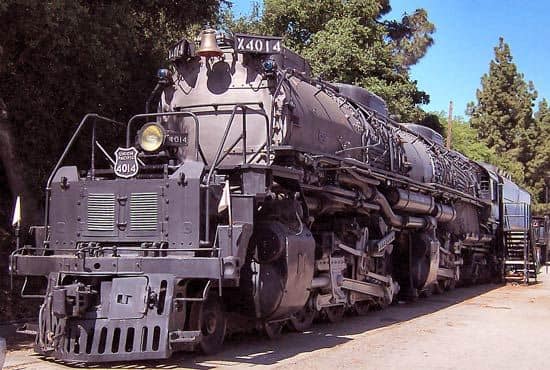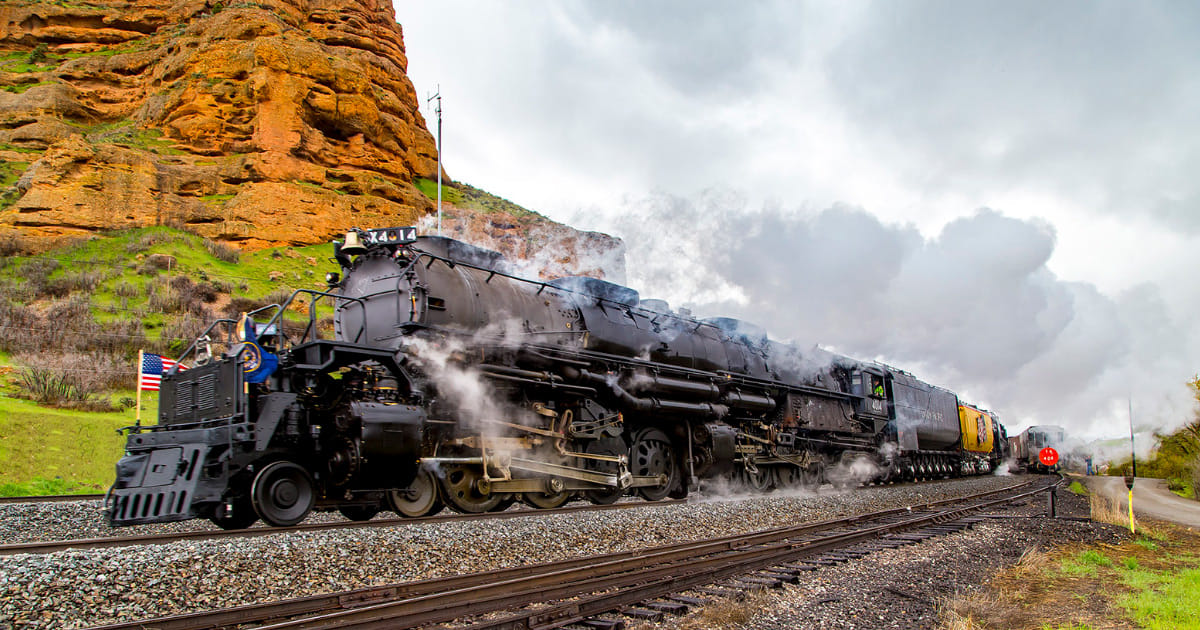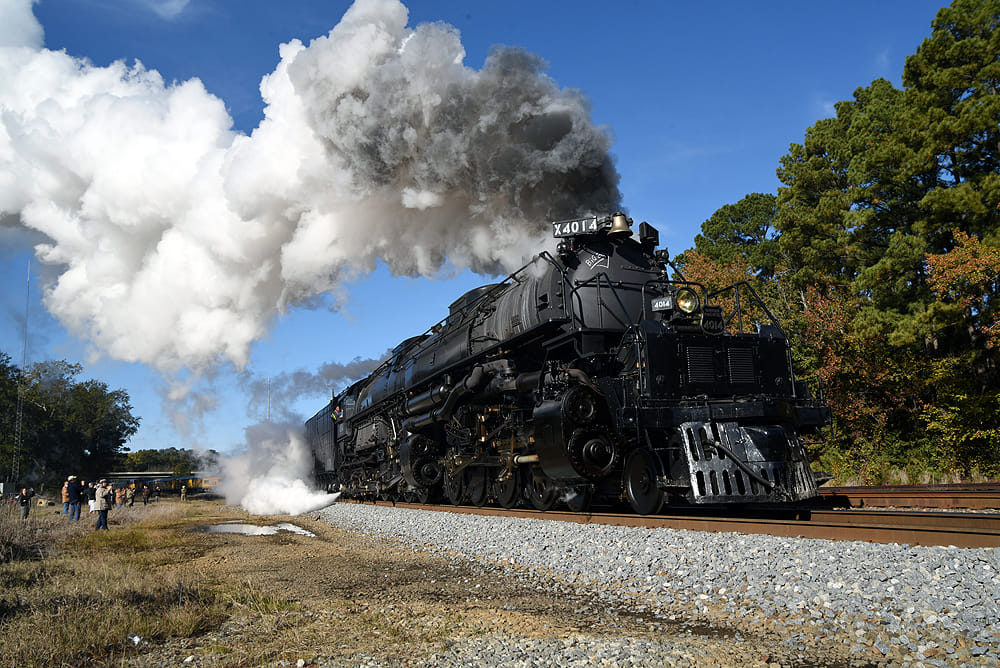Fun Fact: World War 2 Gave Us These Monsters

As war clouds began to gather over Europe and Asia, it wasn’t just governments who prepared for the worst. The Union Pacific Railroad of Omaha, Nebraska knew that if war was to come, they were going to need locomotives that could handle the predicted increase in volume when it came to freight.
A task made all the more difficult since many of their lines ran through numerous mountain ranges such as the Wasatch Mountains and Sherman Hill. Union Pacific already had an engine known as the Challenger-type (4-6-6-4), which was powerful for its time but would have to “double up” to handle some of the more challenging mountain routes. Union Pacific wanted “one engine per train,” meaning they wanted something that would not need another engine to help it through the mountains.
The Birth of the Big Boy

Using the Challenger Type as a basis, Union Pacific went to the American Locomotive Company and told them just what they wanted. In 1941, the Big Boy was born.
Weighing in at a monstrous 1,189,500 lb, the Big Boys were the largest and most powerful steam locomotives ever built and came just as the U.S. entered World War 2. They immediately went to work transporting war materials and even troops from factories in the central United States to ports on the west coast. Remember, they were built to haul freight over mountainous terrain without needing to double up with other engines, and they did just that. Their crews absolutely loved them, as despite their size, the Big Boys were reliable and surprisingly user-friendly.
Legacy and Preservation of the Big Boy

In total, 25 Big Boys were built between 1941 and 1944, and they continued to be used by Union Pacific until they were retired in 1962, ultimately replaced by more modern diesel locomotives. Today, 8 Big Boys are preserved, with one, No. 4014, still in operation by Union Pacific for excursions.
~NC.









